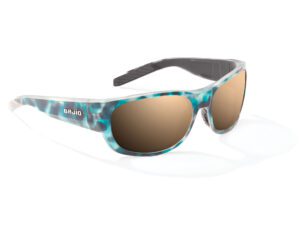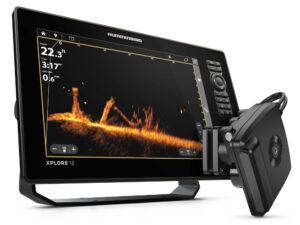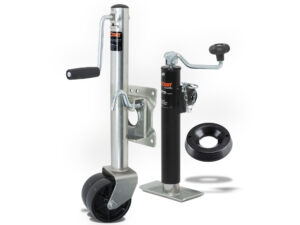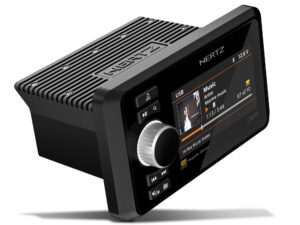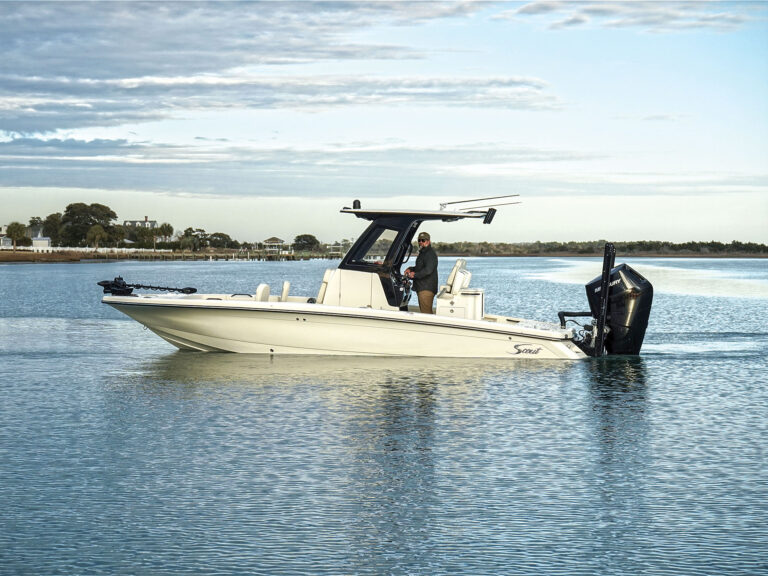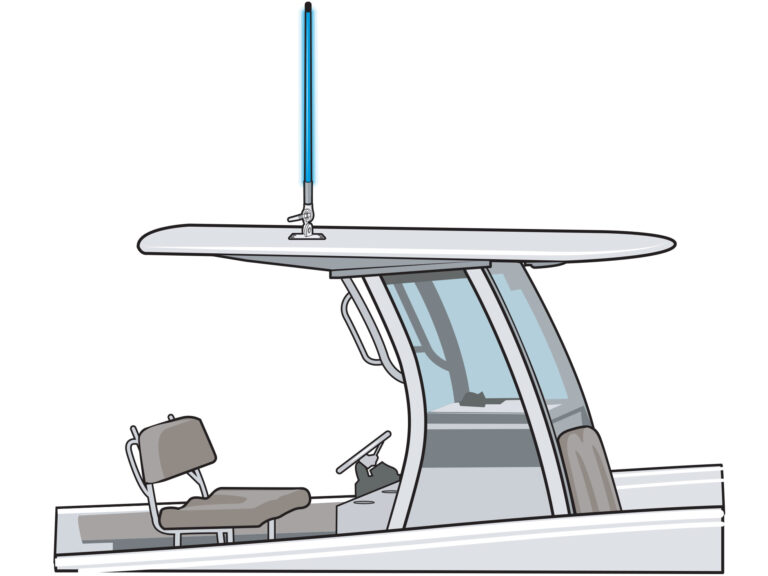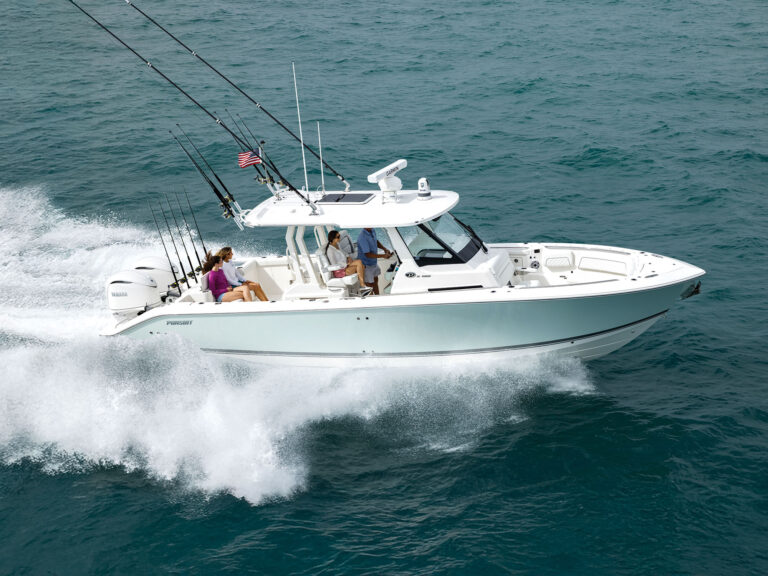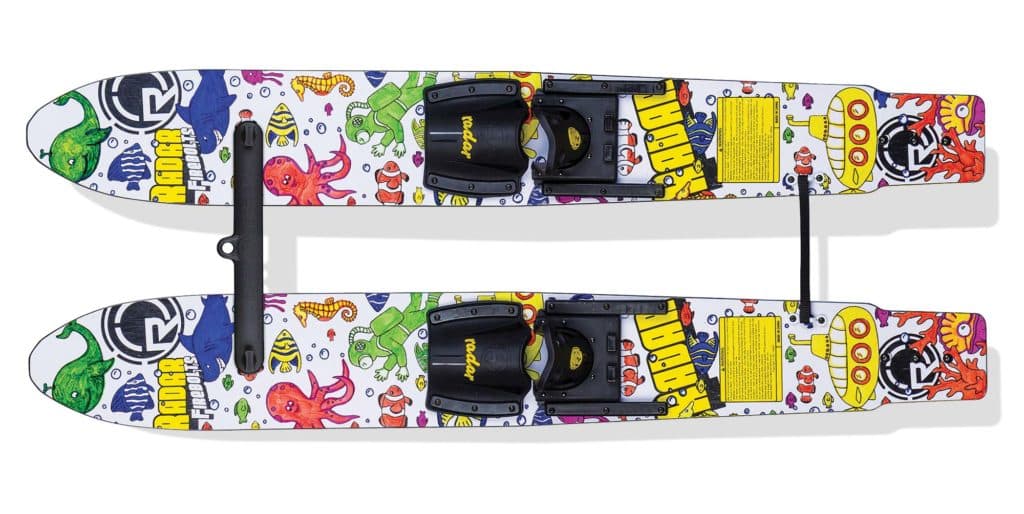
So, you want to teach your kids to water-ski? Good for you. You can ski behind almost any kind of boat. Plus, it’s a healthy, fun activity that the entire family can enjoy together. Here’s what you should look for when outfitting your boat to ski with kids.
Trainer Skis
Training skis are connected at the tips by a bar, rod or length of line. This helps prevent the skis from splaying, making it easier for youngsters to get “up.” Radar Fireball training skis ($140, radarskis.com) come with a training rope and markers, allowing kids to take a personal interest in their equipment.
Trainer Platform
O’Brien’s Platform Trainer Water Ski ($130, obrien.com) provides a leg up for student skiers weighing up to 85 pounds. Its broad planing surface, combined with the fact that its one-piece construction is easier to manage than a pair of water skis, can help first-timers get up and skiing sooner.
Combo Skis
Older, more athletic children may pick up skiing faster. While you don’t need a high-end slalom ski, you might want to be prepared to switch a quickly advancing student to a set of combo skis like Connelly’s Quantum ($160).
Read Next: Choosing the Best Wakesurf Board
Towrope
Ski ropes embody more shock-absorbing stretch than wakeboard ropes. Buy a floating ski rope 75 feet in length. A shorter rope places the skier in the rougher water closer to the boat rather than the smoother water farther back in the wake. Training ropes, like the O’Brien Combo Training Rope ($45), incorporate loops near the handle that aid skiers learning to get up.
Life Jacket
Buy your children properly sized, properly fitting ski vests. Fasten the life jacket on your child, then try to gently pull it off over the child’s head. The vest should not come up over the head when doing so. A comfortably snug vest provides the student with added confidence.
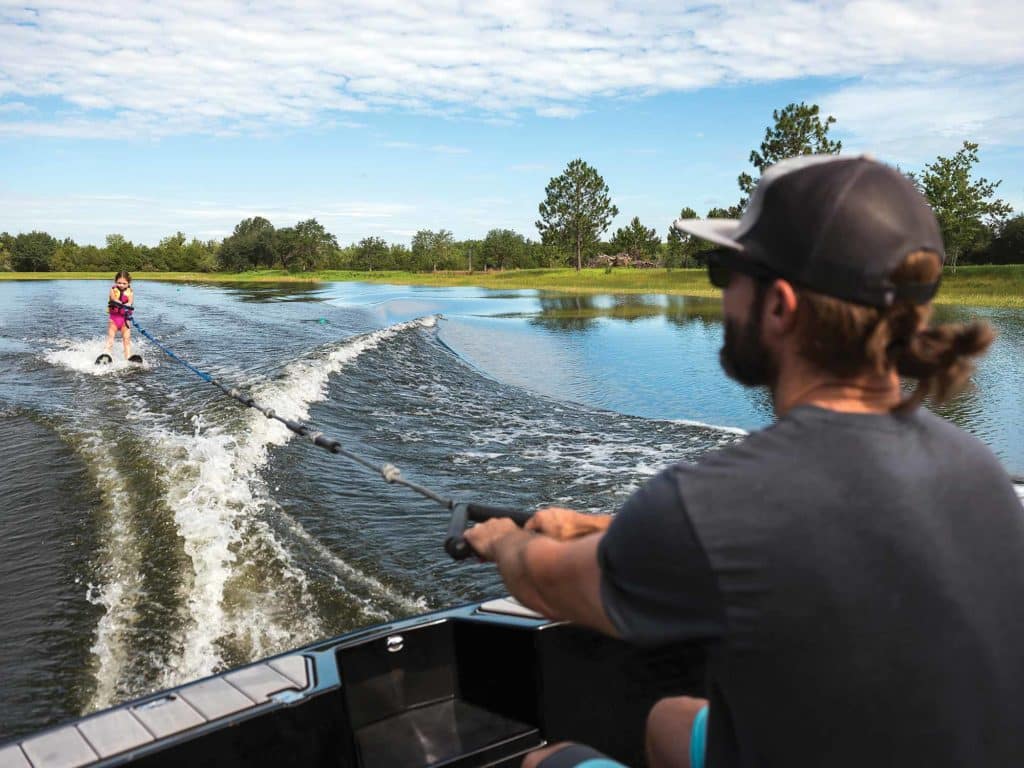
How to Make a Training Rope
When kids fall, they often forget, or refuse, to let go of the rope, and then get dragged through the water until the spotter instructs the skipper to stop. But if an adult, wearing a life jacket and secure inside the boat, holds the rope instead of tying it off, the rope can be released and no dragging occurs. An adult holding the rope may also be a friendlier experience for newbies than having the rope tied off. Make a training rope by tying a spare handle onto a standard towrope.

